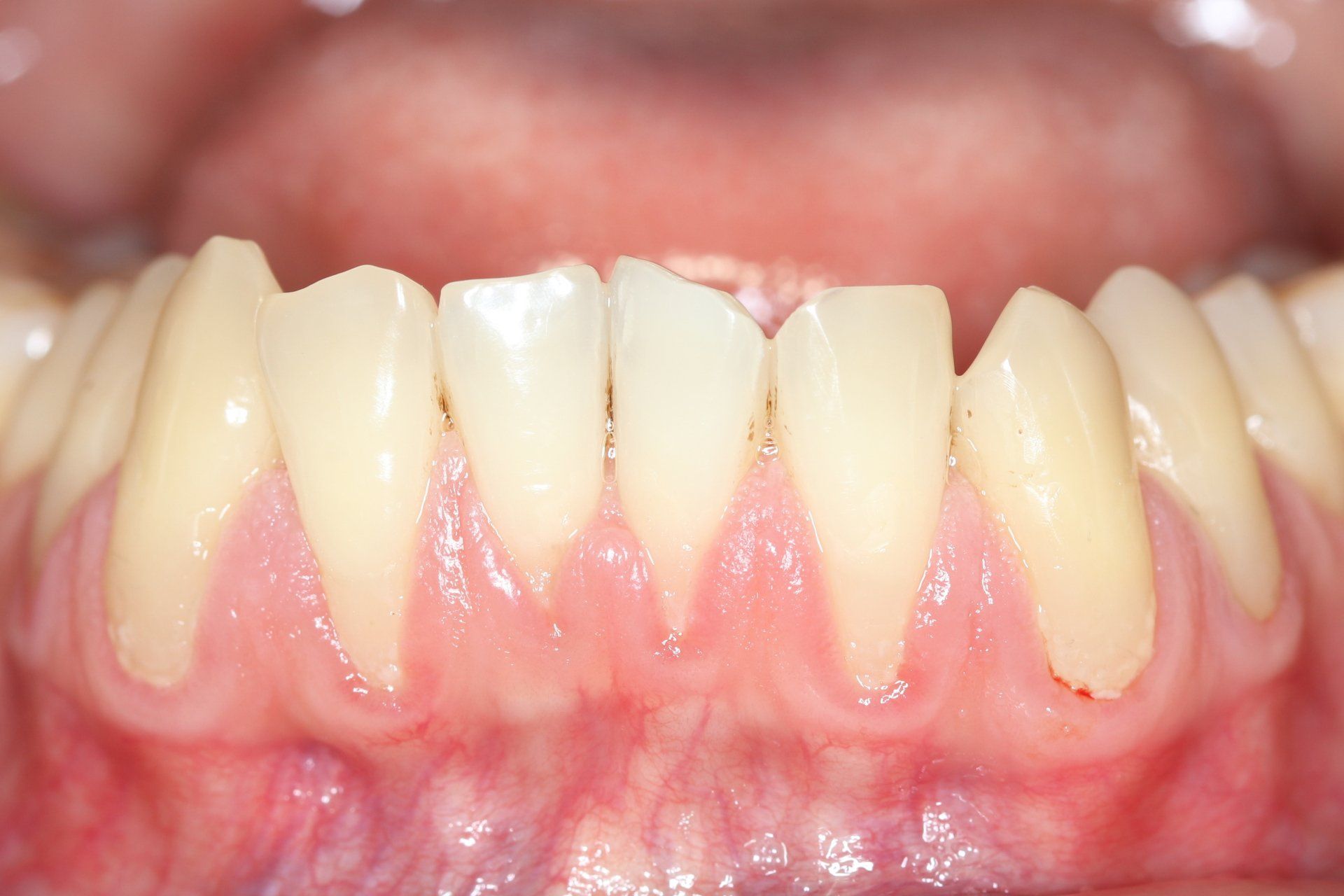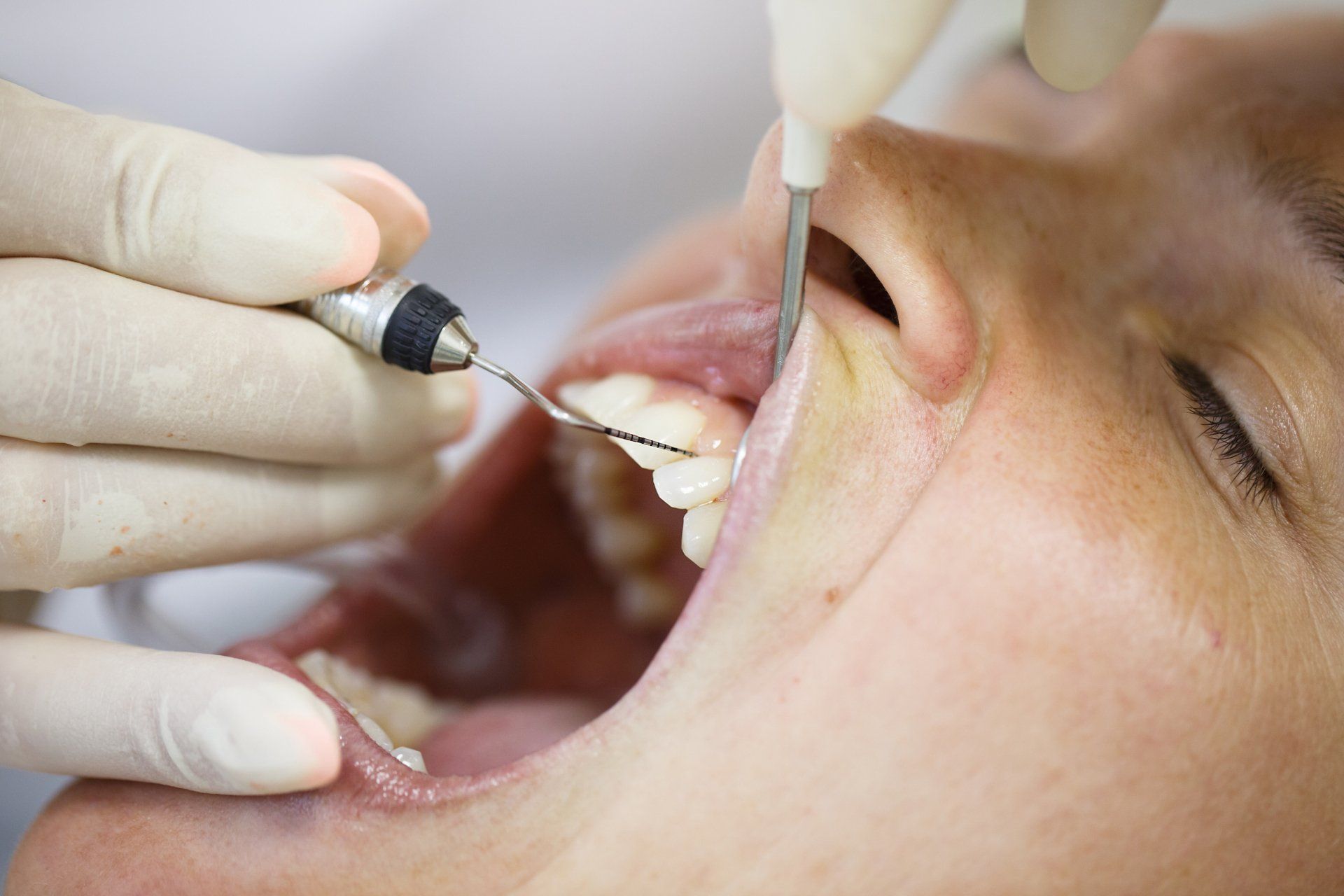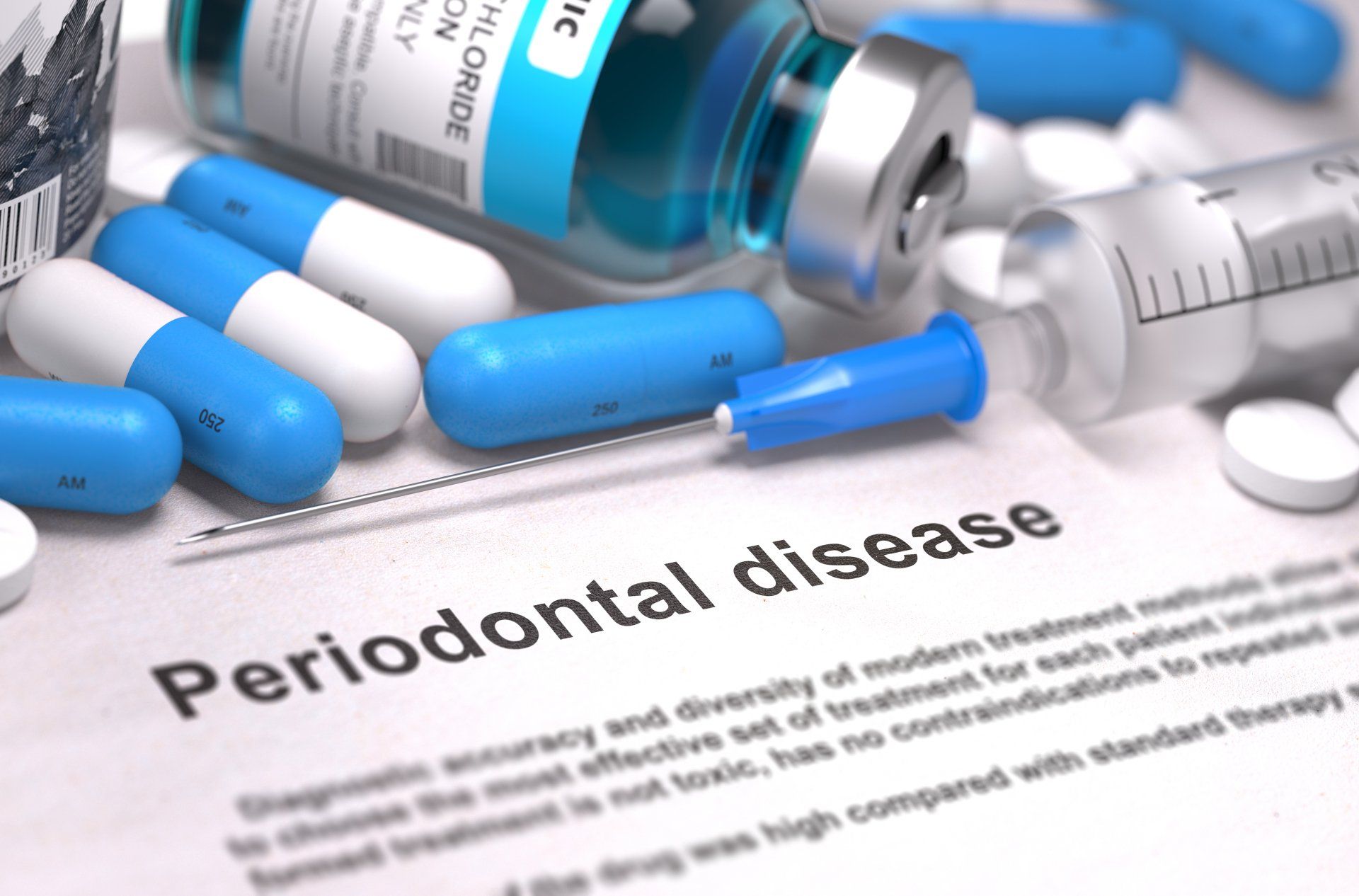City Heights Dental Centre In Mississauga -
Periodontal Surgery
Take your dental care to new heights
Periodontal Surgery Mississauga
Periodontal Surgery In Mississauga
Gingival Tissue Graft
Why are gum grafts performed?
If your gums are receding, we may recommend a gingival tissue graft. Gum recession exposes the roots of your teeth, this can cause the root surface of your teeth to become more likely to decay, as well as be more sensitive and prone to abrasion/wear.
A gum graft, also known as a gingival graft, can correct receding gums.
We Are Currently Welcoming New Patients!
More About Gum Grafting
In a gum graft, your dentist will first remove a piece of tissue from the roof of your mouth or harvest from nearby healthy tissue.
This is then attached to the area where your gums have been worn away (receded).
There are three types of gum grafts:
- free gingival graft
- connective tissue graft
- pedicle (lateral) graft
Your dentist will discuss these options with you and make their recommendation based on your individual needs.
Once you’ve decided to have the procedure done, all you have to do is show up. Your dentist will confirm the type of graft being placed.
We Are Currently Welcoming New Patients!
What Can You Expect During The Procedure?
When arriving at your appointment, you will be checked in and our assistants will escort you into the procedure room. Local anesthesia will be used to numb the area where the procedure will be done.
Depending on your individual needs, your dentist will perform one of the following:
Free Gingival Graft:
A small piece of tissue is removed from the roof of your mouth and sutured (stitched) to the area that needs gum tissue. You’ll likely get this type of graft if your gums are thin and need extra tissue to prevent further recession.
Connective Tissue Graft:
Your dentist opens a small flap in the roof of your mouth and removes a piece of connective tissue from under the top layer of tissue. This tissue is stitched to the area that needs gum tissue. This is the most common type of graft.
Pedicle Graft:
A flap of tissue from an area right next to your gum recession is taken and used to cover the area of receding gum tissue. In this procedure, gum tissue is moved over the recession with local tissue rather than being taken from another part of your mouth. This type of graft is usually the most successful because it doesn’t cut off blood flow in any part of your mouth. For this to work, you need plenty of gum tissue in the areas around your gum recession.
The procedure usually doesn’t take too long. Once your dentist has finished suturing up the graft, they will give you an antibacterial mouthwash to use and discuss how to care for the graft until it’s completely healed.
How Much Does A Gum Graft Cost?
Gum grafts can cost anywhere from a few hundred to a few thousand dollars. If you’re insured, this procedure may be covered in full or at little out-of-pocket cost to you. You may be able to have the procedure done for free if you have a good dental plan,
What To Expect During Recovery
You’ll be able to go home shortly after the procedure is done. During the first week or two of recovery, try to eat soft, cold foods to make sure you don’t damage the graft. You shouldn’t eat hard or hot foods that can burn or irritate the graft.
Good foods for the recovery period include:
- eggs, especially scrambled or soft-boiled
- soup (not too hot or spicy)
- yogurt/ smoothie
- vegetables that have been cooked until they’re soft
- cottage cheese
- ice cream
- Jell-O
Your dentist will likely recommend that you use an antimicrobial mouthwash for a couple of weeks to prevent infections, plaque buildup on your teeth, or issues with the graft.
You shouldn’t brush or floss in that area until we say it’s safe to do so. Brushing or flossing before the area has healed can open the wound, destroy the graft or cause an infection.
If you’re dealing with any pain or discomfort, over-the-counter pain medications, such as Advil or Aleve, may provide relief.
Don’t exercise or perform any strenuous activities until your doctor says it’s fine to do them.
Are There Possible Complications?
Complications of a gum graft are quite rare. Infections are fairly uncommon. If you notice any oozing or unexpected bleeding around the graft site, give us a call immediately.
In rare cases, the graft tissue may not properly adapt to the graft site. You may need to have the procedure performed again if this happens.
You may not like the way the graft looks after it’s fully healed. If so, talk to us about gingivoplasty (reshaping of gum tissue). They may be able to modify the tissue to make it look more pleasing to you.







